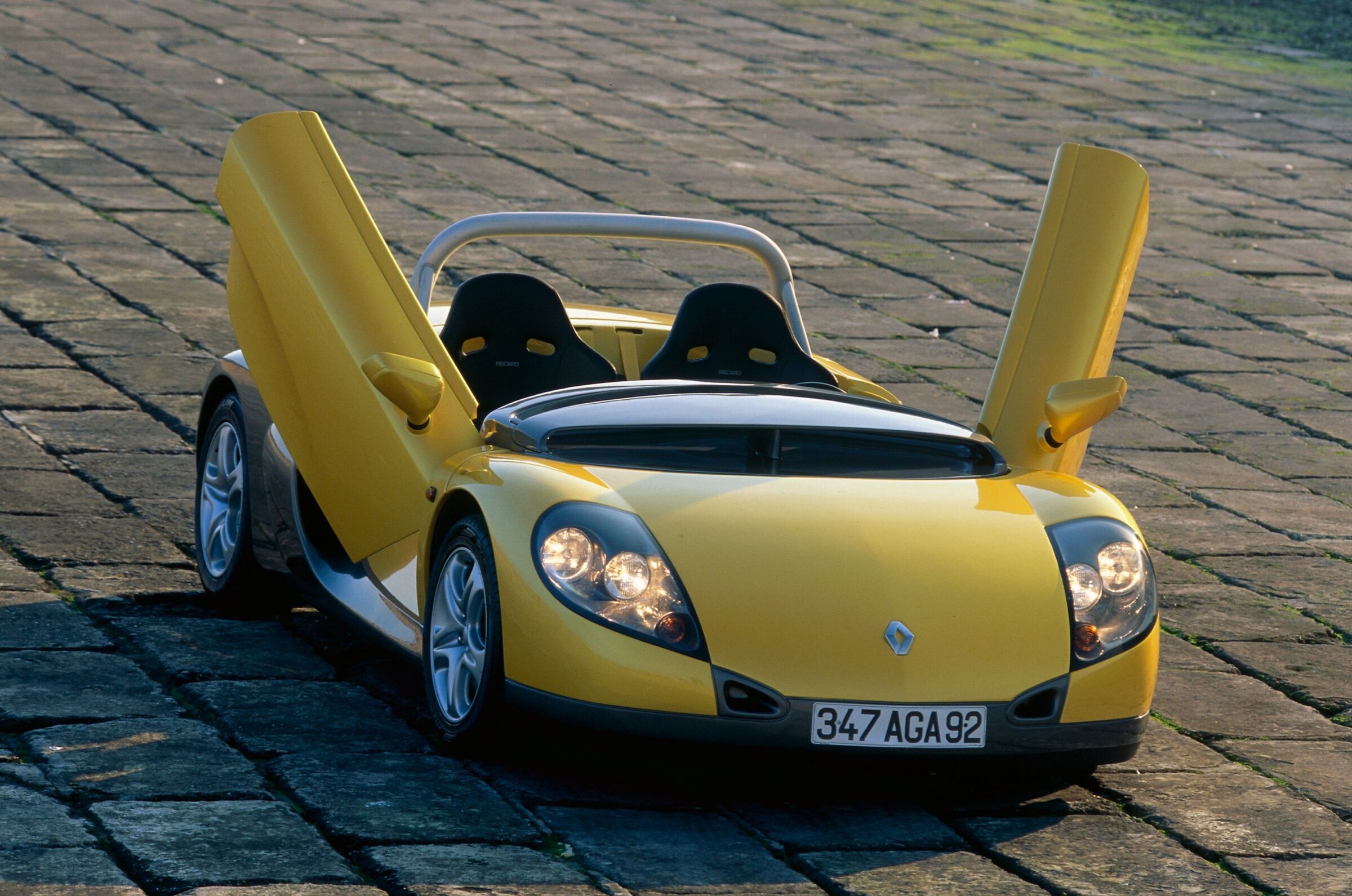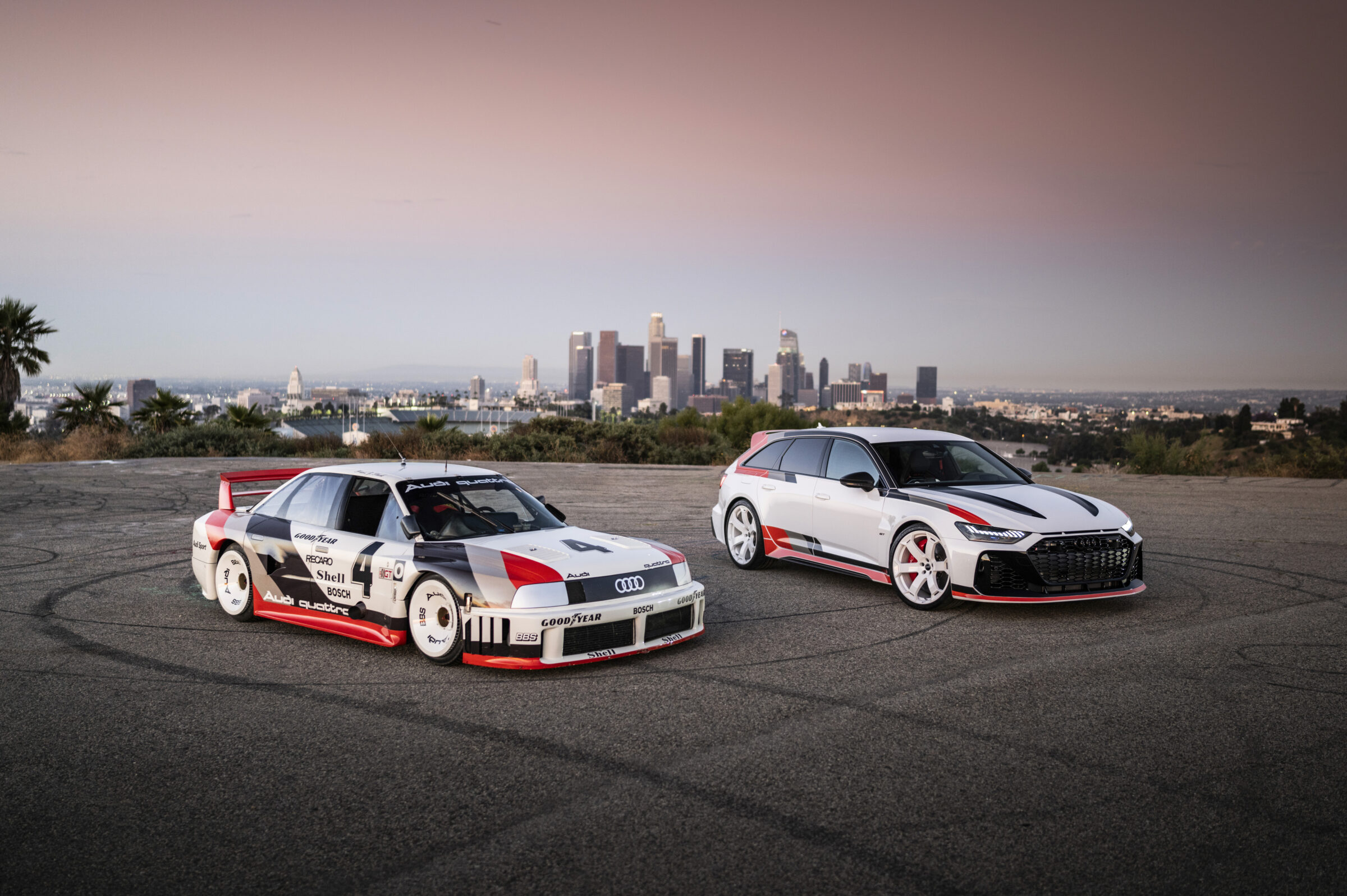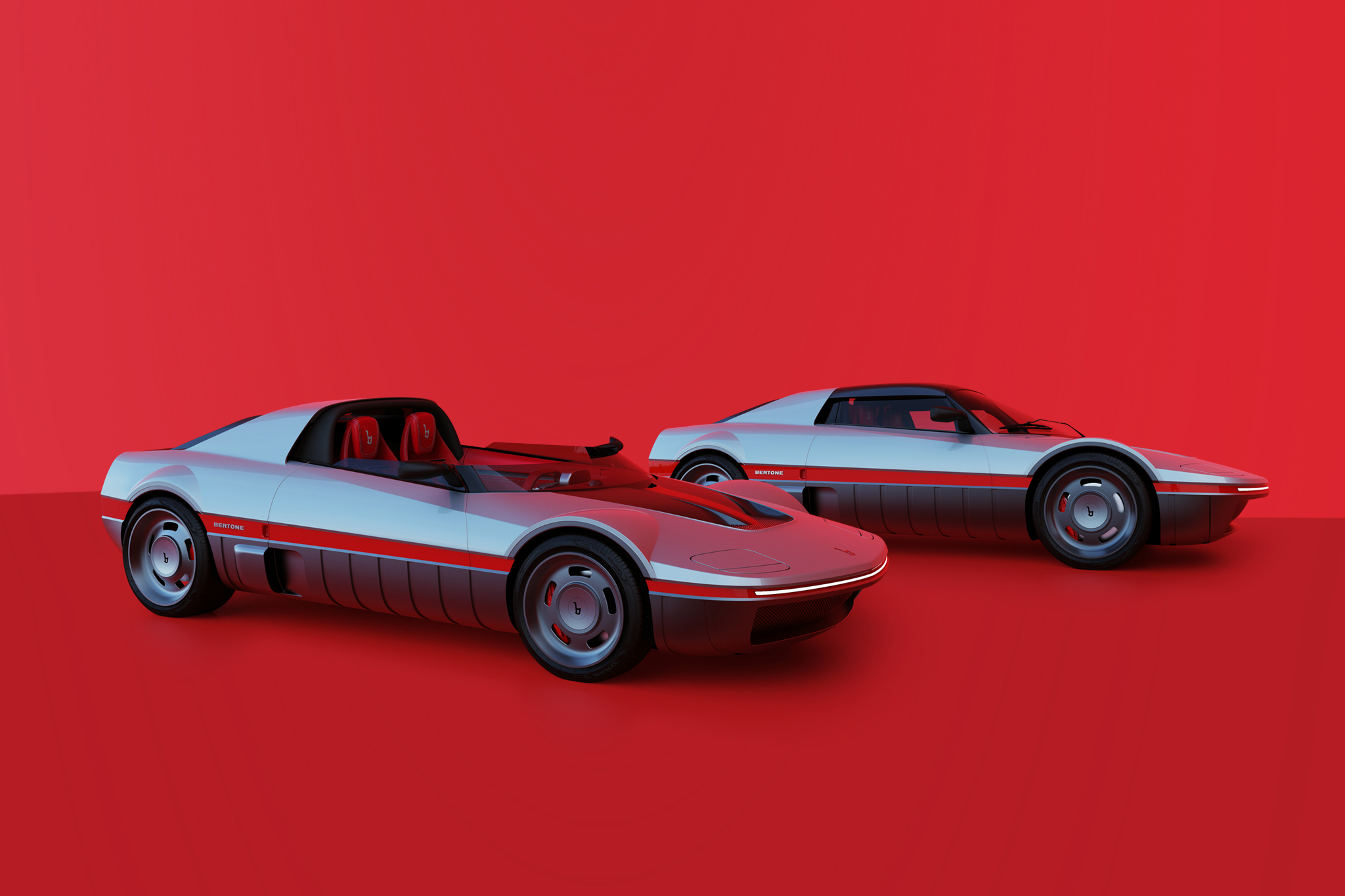Volvo PV 36 Carioca
Volvo cars are best known for their proverbial ruggedness. In recent decades, the Swedish brand has earned this reputation especially through solidly built sedans and station wagons. But today’s Volvo drivers often don’t know much about the company history before World War 2. Originally, Volvo was the name of the experimental department set up at the ball bearing manufacturer SKF in 1915. Twelve years later, Gustaf Larsson and Assar Gabrielsson ensured that Volvo became an independent manufacturer of automobiles.
In 1935, the young company presented a very modern sedan for the upper middleclass with the PV 36 (in some sources also written as PV36). The design was heavily based on streamline styling from American vehicles. How many influences the Swedish designer Ivan Örnberg brought back home from his former employer Hupmobile in Detroit in 1933 can only be guessed. In any case, there are various optical parallels, for example to the Chrysler Airflow. Next to the smooth shape especially the covers for the rear wheels are an obvious detail. Due to the fact that Volvo had found a good export sales market in Brazil at that time and there the Carioca dance was particularly popular, this name soon became a nickname for the car. The drive was a 3.67 liter inline six-cylinder engine with 59 kW/80 hp. These arrived at the rear axle via a three-speed manual gearbox. Volvo claimed a topspeed of 120 kph (74.5 mph).
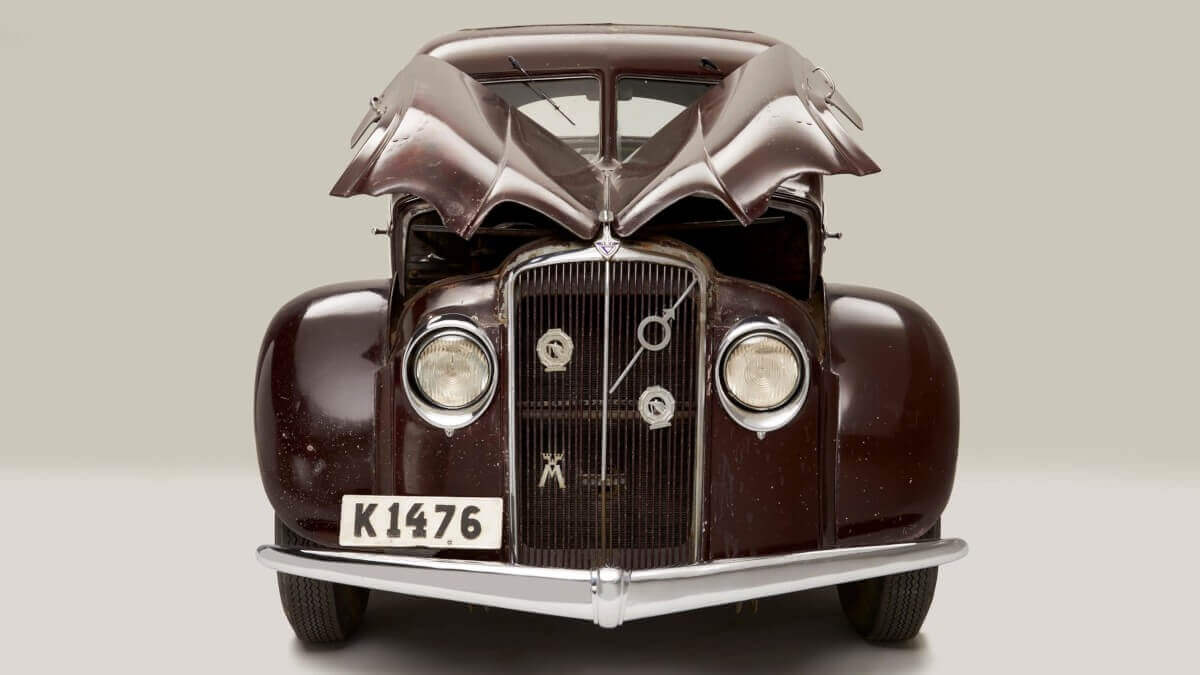

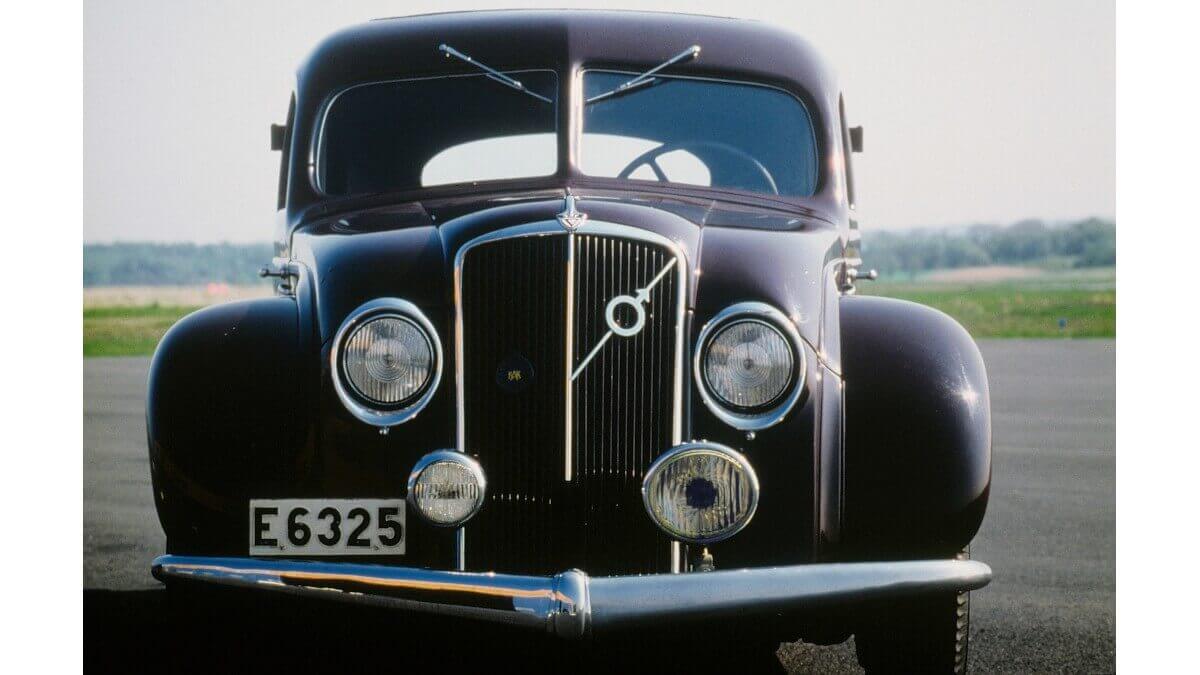



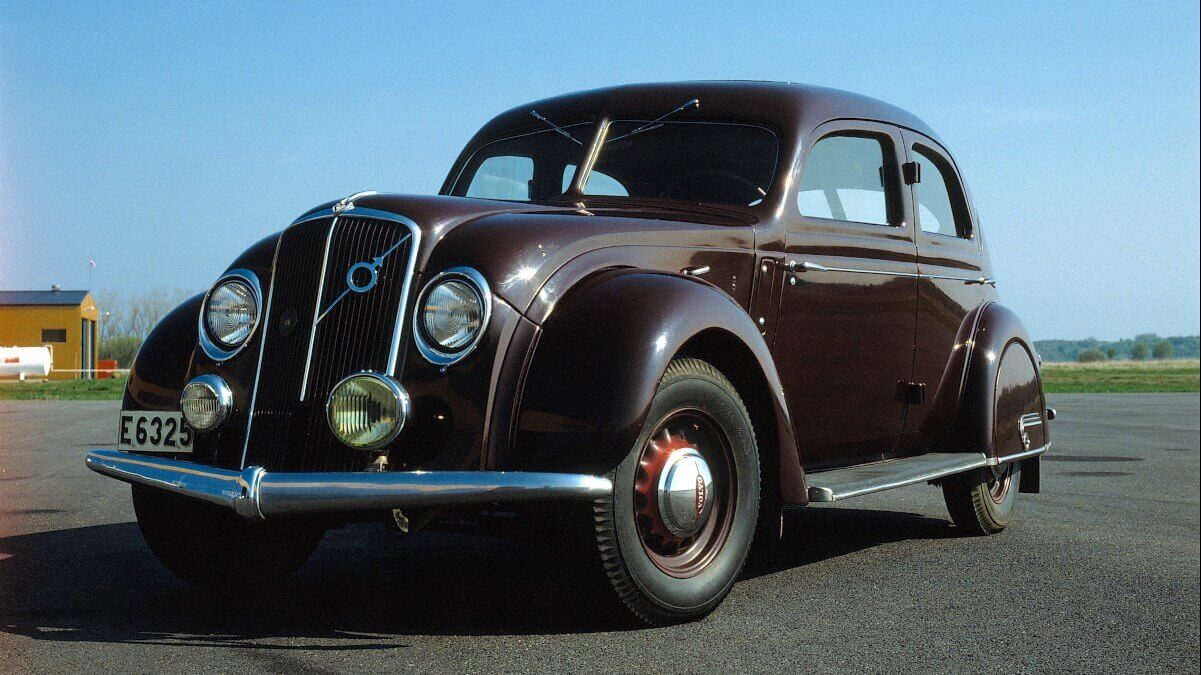

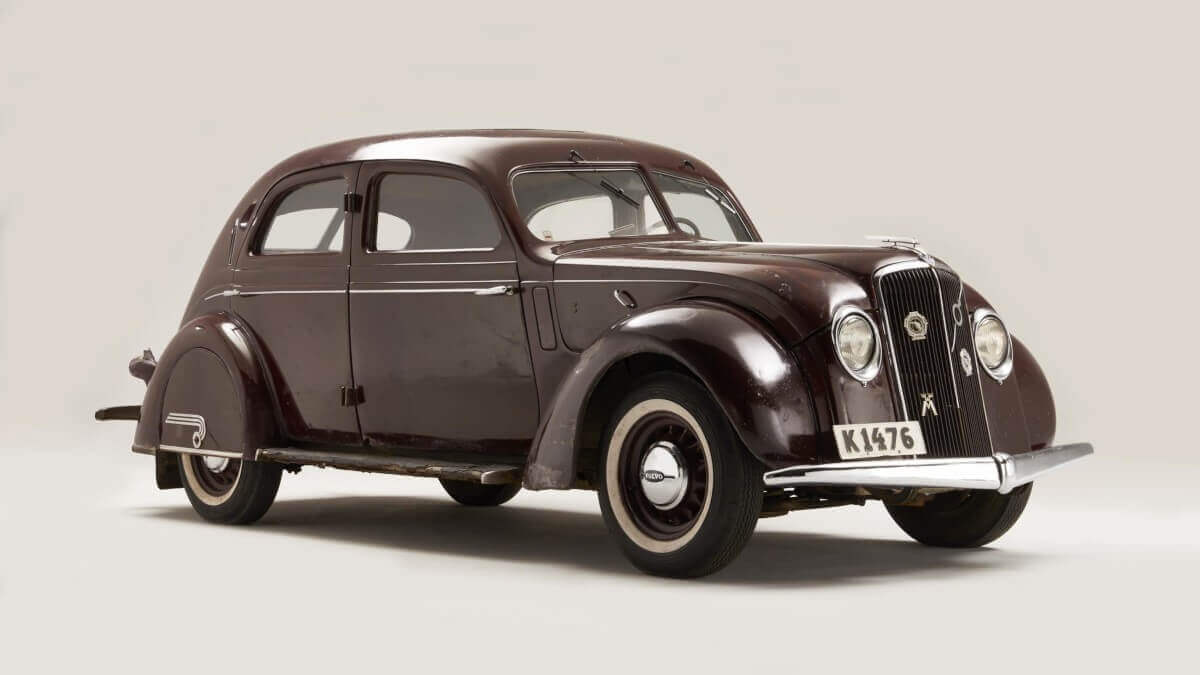

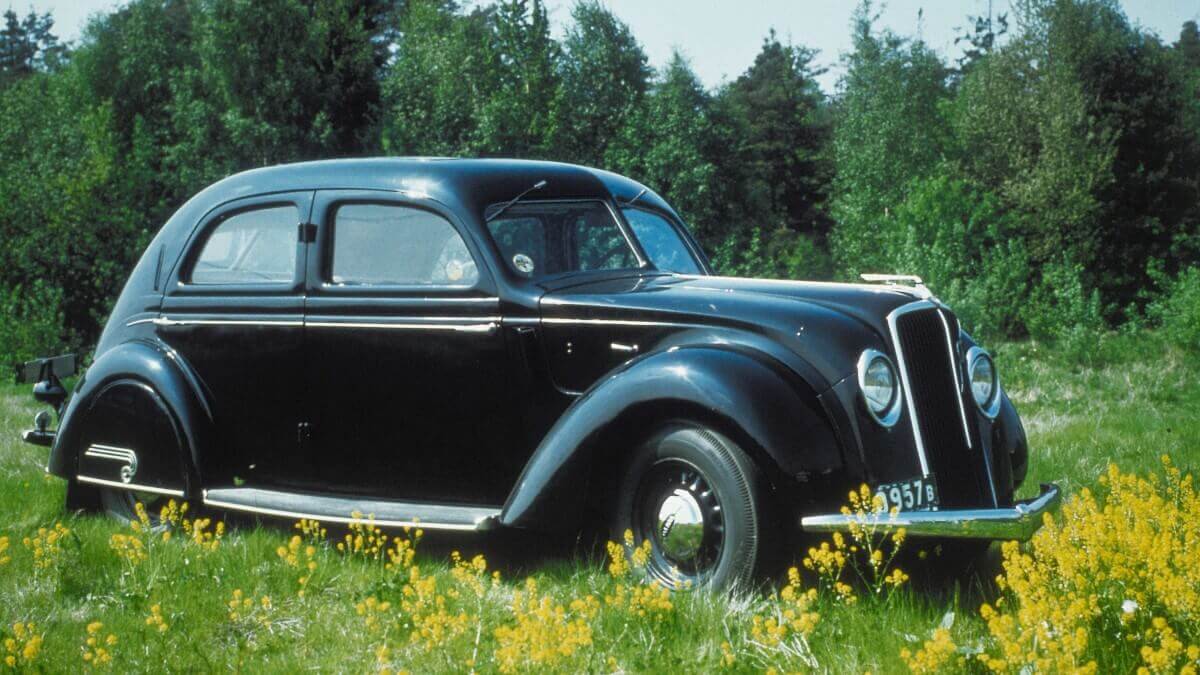



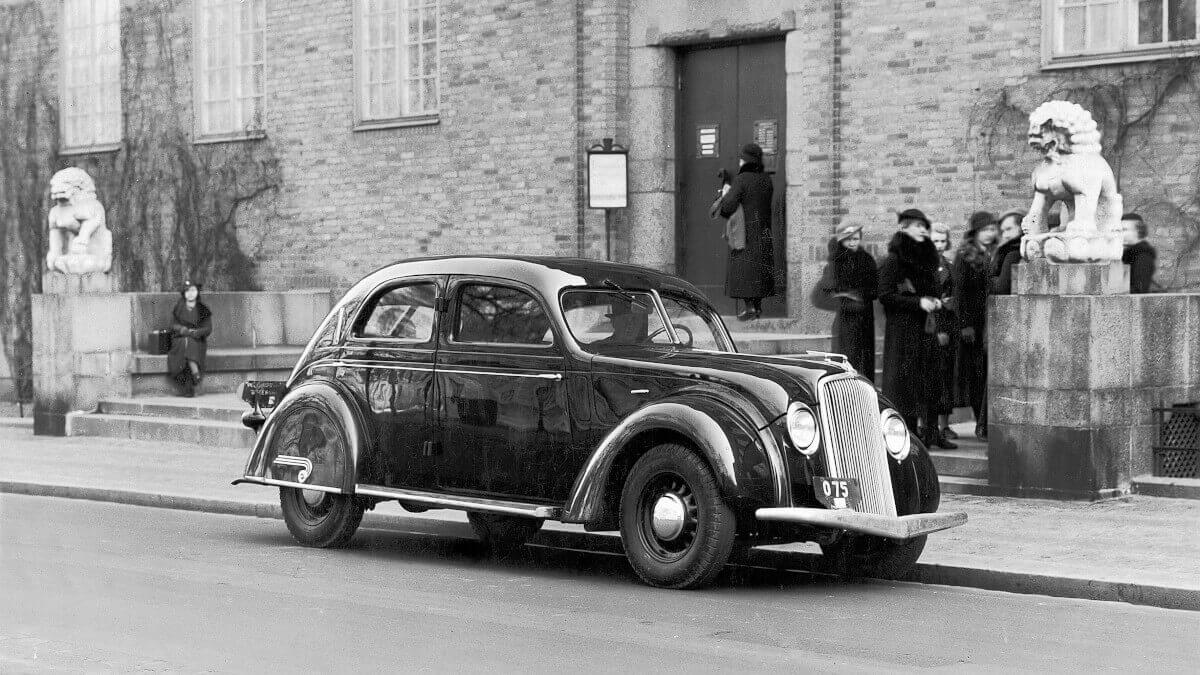

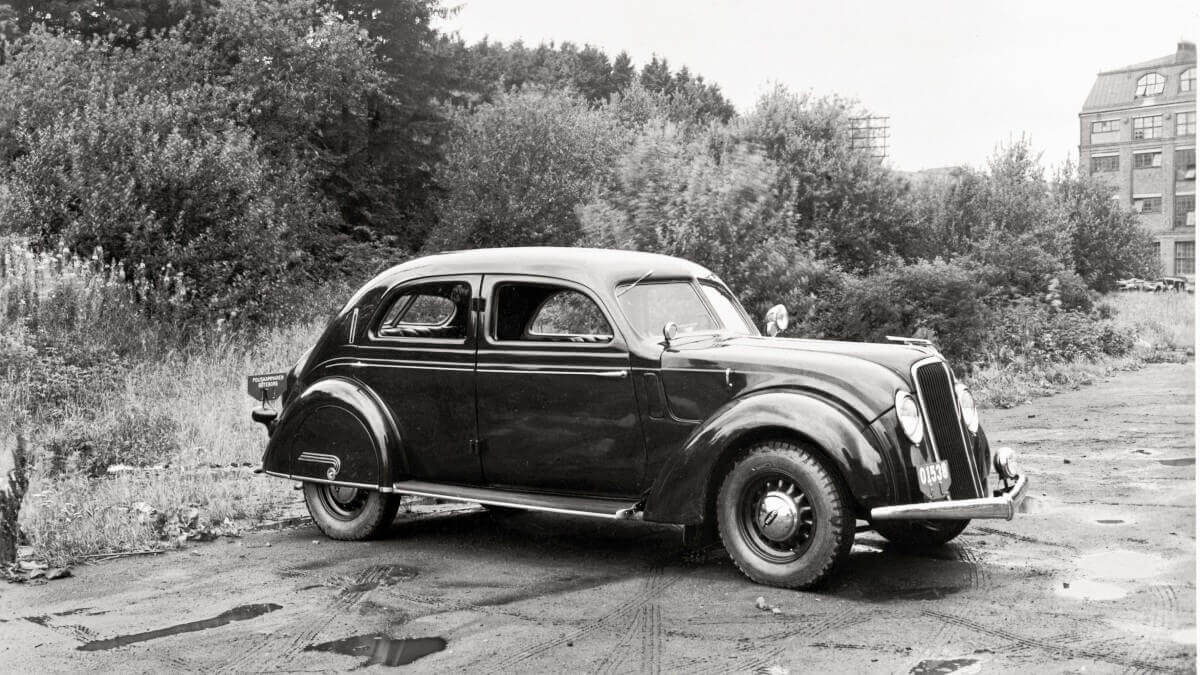



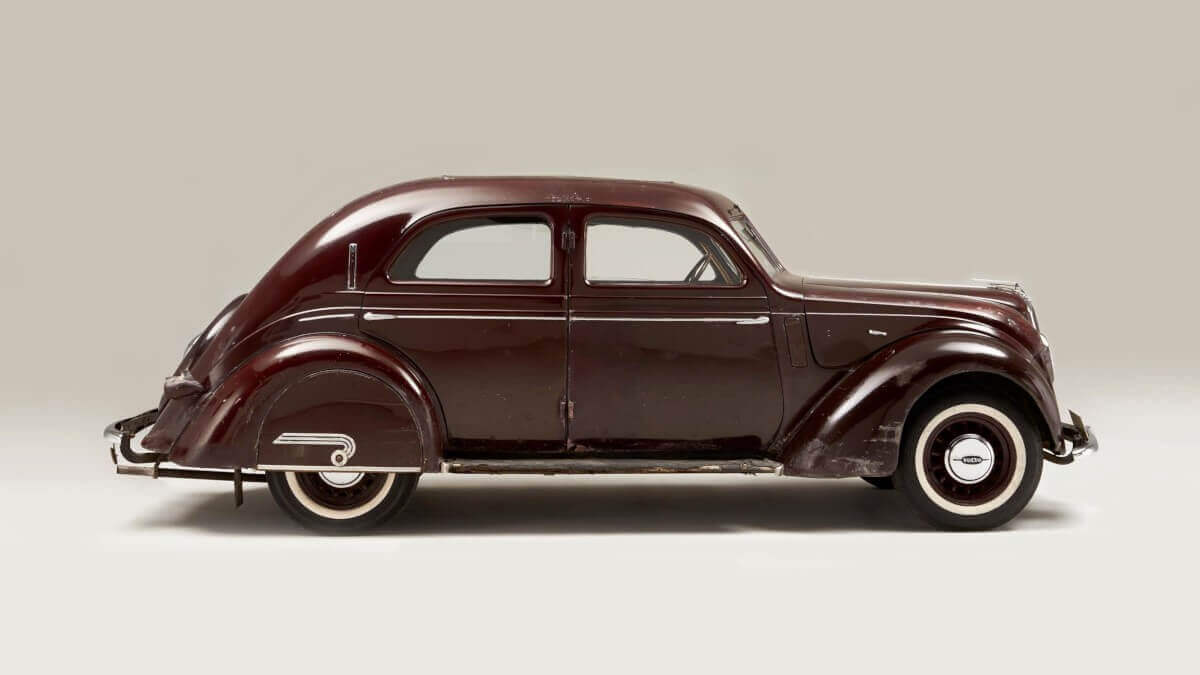

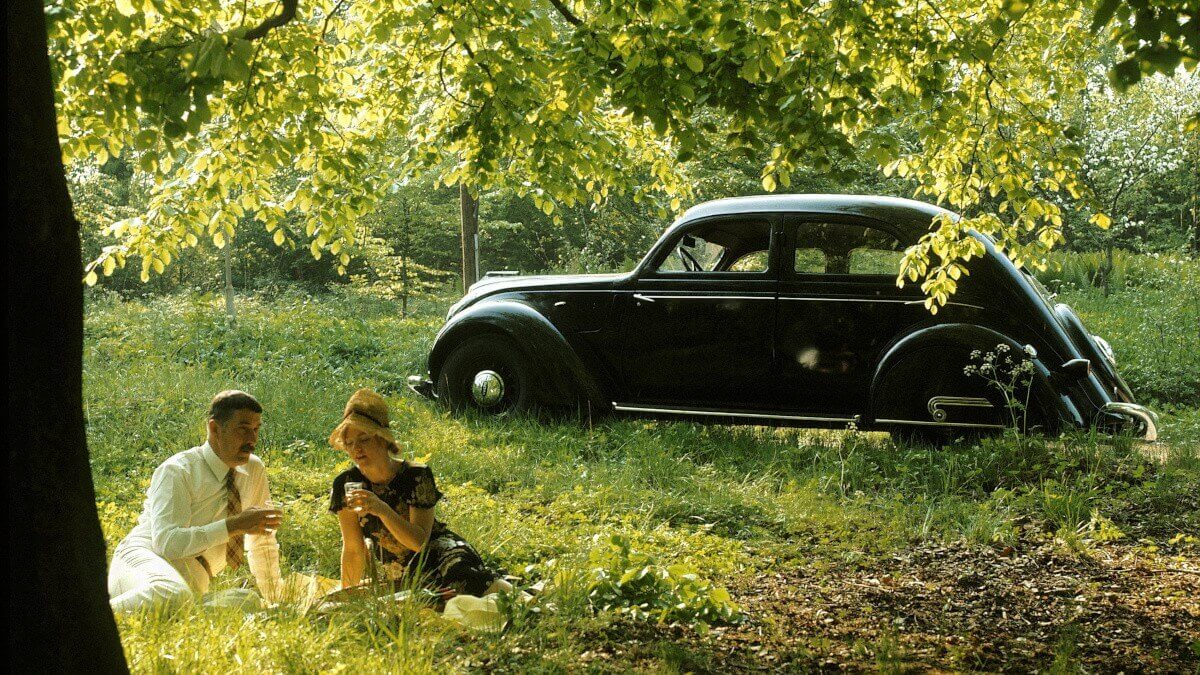

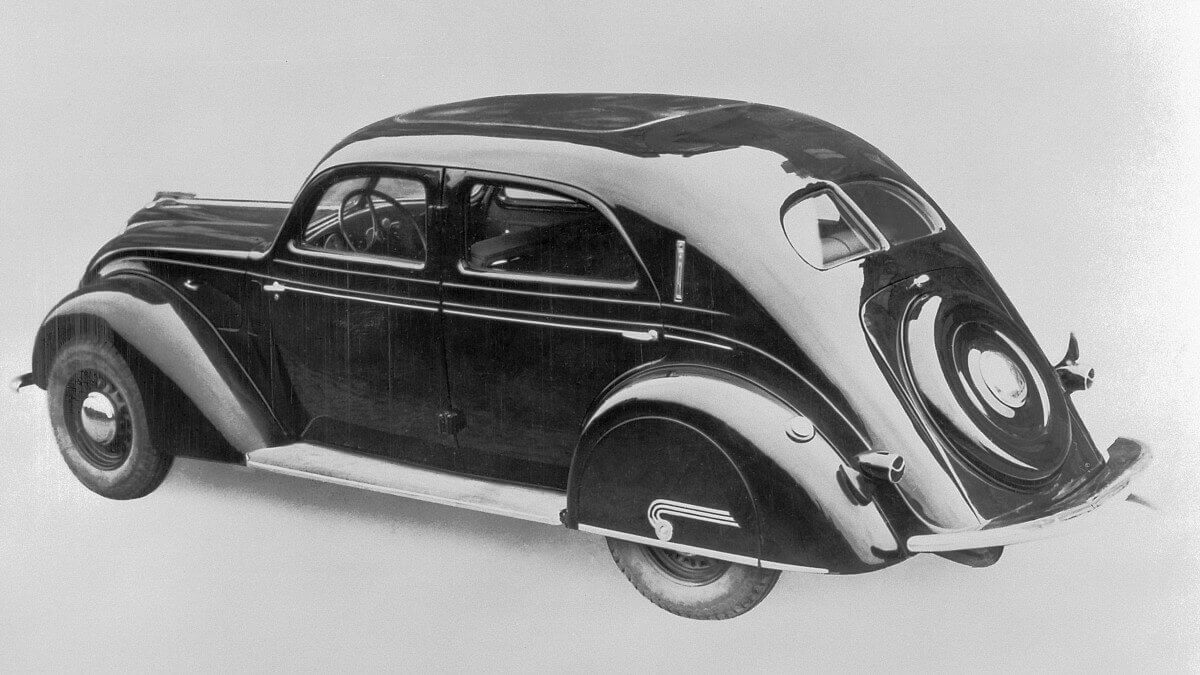





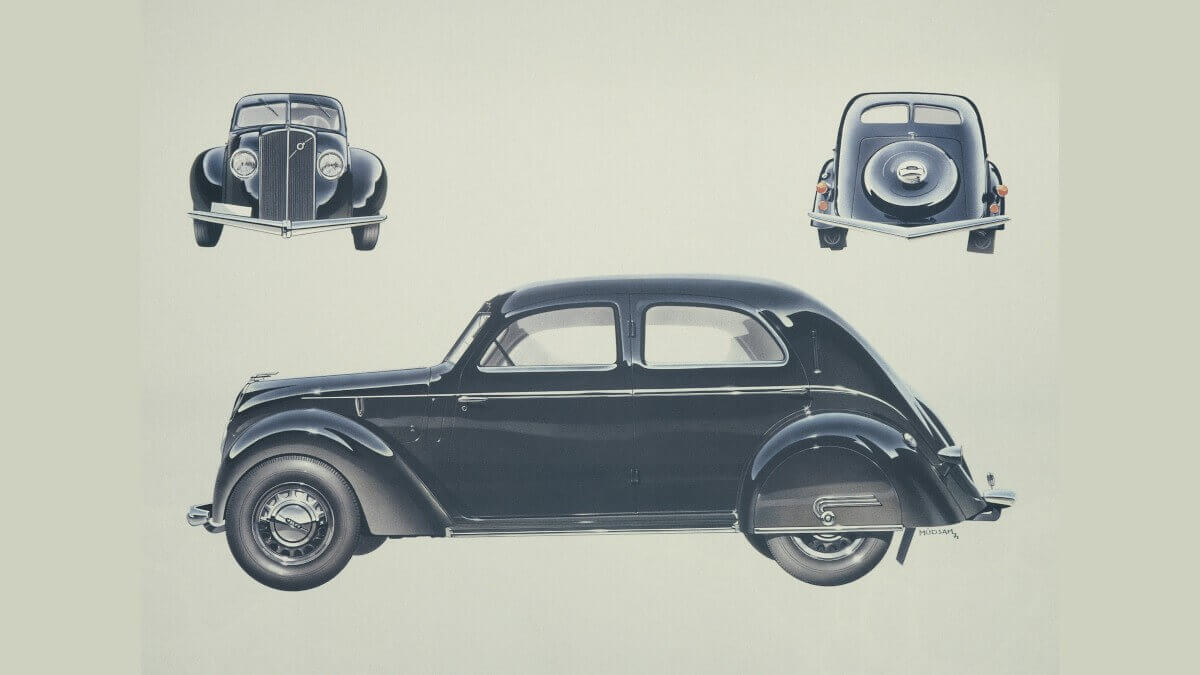

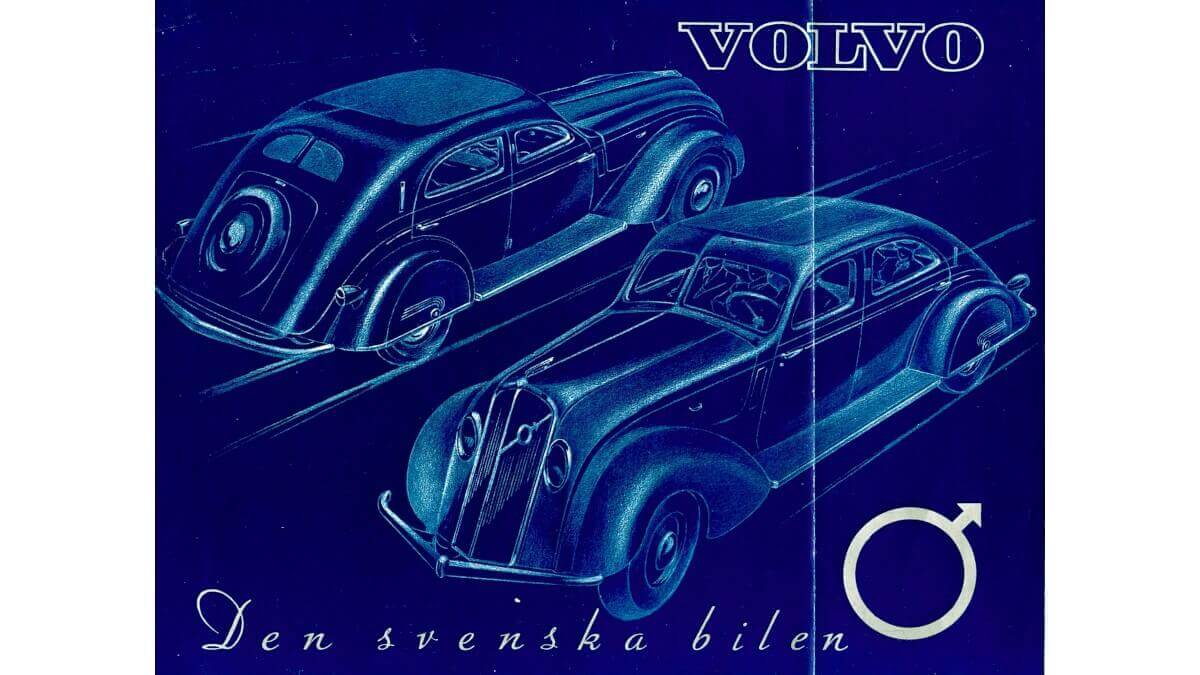

Originally, Volvo planned the PV 36 ‘Carioca’ only as a four-door saloon with six seats. The doors were hung both front and back of the B-pillars. However, they also made one single naked chassis, which was delivered to the coachbuilder Nordberg Vagnfabrik, who turned it into a nice Cabriolet. Due to the extraordinary appearance and the very high purchase price of 8,500 SKr at the time, the distribution was kept within narrow limits from the start. Volvo planned a quantity of exactly 500 copies, which was finally surpassed by one car with the mentioned Cabriolet. The final PV 36 left the production lines on 16 June 1938 and served as a diplomatic car for the Swedish Embassy in Tehran.
Today, there are probably only about 25 PV 36 left worldwide. At the classic car show Techno Classica, that starts in Essen/Germany on Wednesday, Volvo shows chassis number 85 with Swedish license plates K1476 and an interesting history, although it only has small mileage. This dark red vehicle once belonged to company founder Gustaf Larsson for three years. Apart from a repainting in early years, this car was never restored and is therefore very authentic. In addition to this special PV 36 Volvo also shows a PV 4 from 1929, an Amazon, a 164, a 240 Turbo and an 850 T5-R in Essen to refer to the long history of sedans and saloons. Next to them the new S60 will have its premiere in Germany.
Images: Volvo


